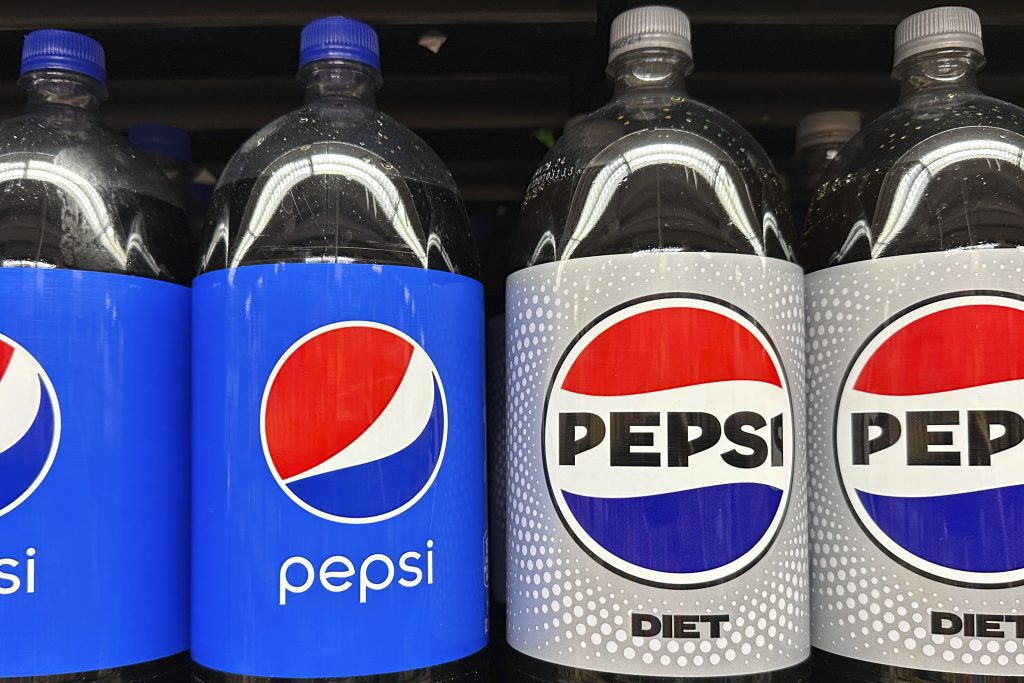A lot of Americans are feeling bad about the economy because prices seem too high.
Although prices are not increasing as quickly as before, they are still significantly higher than three years ago and mostly moving upwards.
For example, in February 2021, a 2-liter bottle of soda cost $1.67 on average. Three years later, it's $2.25 — a 35% increase.
Egg prices shot up in 2022, then dropped, but are still 43% higher than three years ago.
Similarly, the average price of a used car rose from $23,000 in February 2021 to $31,000 in April 2022. By last month, it was $26,752, still up 16% from February 2021.
It might seem great if prices actually fell, known as deflation, but it could have negative effects on the economy and people's livelihoods.
At least prices are now rising more slowly, called disinflation. Recently, the government reported a 0.3% rise in a key price gauge in February, down from 0.4% in January, and a 2.5% increase from a year earlier, a significant drop from a peak of 7.1% in mid-2022.
However, these small improvements are not enough to satisfy the public, and their dissatisfaction with prices could pose a risk to President Joe Biden’s chances of being re-elected.
Lisa Cook, a member of the Federal Reserve’s Board of Governors, stated that most Americans are not just looking for disinflation but for deflation, wanting prices to return to pre-pandemic levels.
Many economists warn that consumers should be cautious when wishing for lower prices as it could be a sign of an unhealthy economy.
The Bank of England warns that there are more consequences from falling prices than people realize.
What’s so bad about lower prices?
What exactly is deflation?
Deflation is when prices across the economy fall widely and persistently. The United States hasn’t seen this since the Great Depression.
Japan experienced a more recent period of deflation, emerging from decades of falling prices that started in the early 1990s with the collapse of its property and financial markets.
What are the problems with deflation?
According to Banco de España, the Spanish central bank, although lower prices may seem good, deflation can be very damaging to the economy.
That's because falling prices tend to discourage consumers from spending. Why buy now if you can get what you want at a lower price later?
The reality is that the economy relies on steady consumer spending, which accounts for about 70% of the entire economy. If consumers held back to wait for lower prices, businesses would face pressure to reduce prices even further to stimulate sales.
Meanwhile, employers may have to let go of large numbers of workers or reduce salaries — or both. Unemployed individuals are even less likely to spend, so prices would probably keep dropping. This situation risks causing a “deflationary spiral’’ of price cuts, job cuts, more price cuts, and more job cuts, leading to another recession.
It was to prevent that exact kind of economic trouble that the Bank of Japan resorted to negative interest rates in 2016 and the Fed kept U.S. rates near zero for seven consecutive years during and after the Great Recession of 2007-2009.
Deflation also has another painful impact: It makes it more expensive for borrowers to repay their loans in terms of inflation.
Are there any advantages of deflation?
Indeed, Americans can stretch their paychecks further when prices are falling. If food or gasoline prices were to drop, households would likely find it easier to afford groceries or their commutes to work — if they remained employed.
Some economists even doubt that deflation poses a significant economic threat. In 2015, researchers at the Bank for International Settlements, a forum for the world’s central banks, analyzed 140 years of deflationary occurrences in 38 economies and concluded that the connection between falling prices and economic growth “is weak and mainly stems from the Great Depression.’’
But the exception was momentous: From 1929-1933, U.S. economic output dropped by a third, prices fell by a quarter, and the unemployment rate rose from 3% to a staggering 25%.
The bank’s researchers stated that the biggest economic risk did not come from falling prices for goods and services, but rather from a drastic drop in the price of assets — stocks, bonds, and real estate. These plummeting assets can then lead to the failure of banks that hold deteriorating investments or that lent money to struggling real estate developers and homebuyers.
The troubled banks may then stop providing credit — the lifeblood of the broader economy.
The probable outcome? A painful recession.









